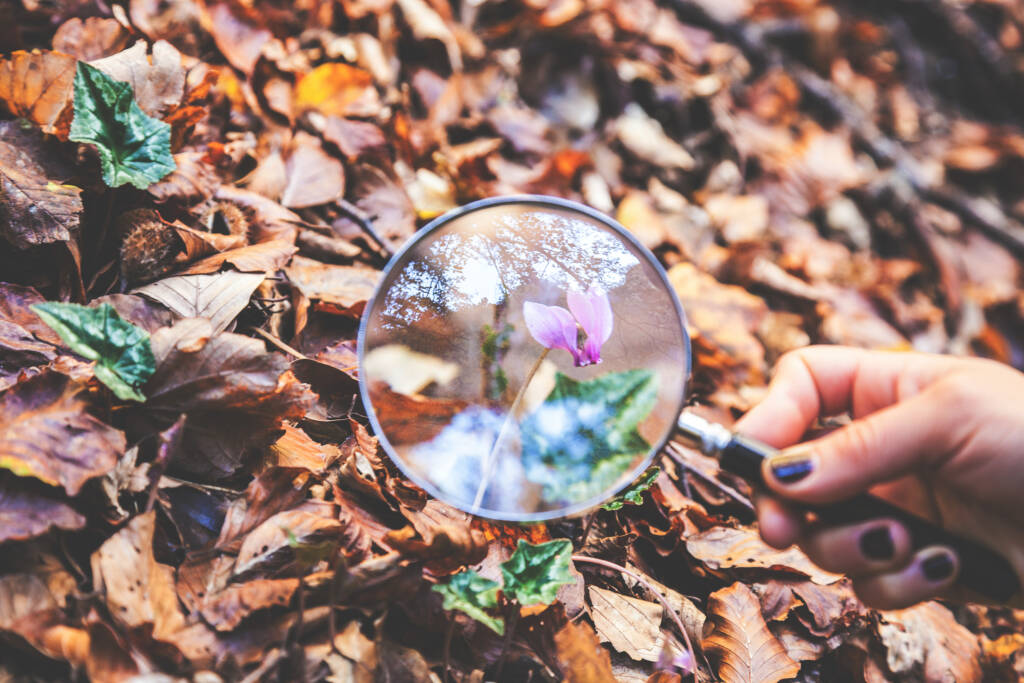
Elementary Science Grade 4

Science Grade Four is an intermediate course with concepts across many types of sciences, including Earth Science, Life Science, and Physical Science. Through asking questions, making predictions, making and comparing observations, making inferences, working with others to conduct investigations, explaining the results of investigations, developing models, constructing arguments, and making claims, students will learn about magnets, motion of objects, energy, properties of matter, physical weathering and erosion, rocks and minerals, plant and animal life, heredity, resources and the environment, seasonal changes, and Earth’s movement.
Please view the Elementary Parents Guide for Grades 3-5 with guidance on helping your student transition to online learning and thrive at VLACS.
Major Topics and Concepts
Segment One
Properties of Matter
Magnets
Energy
Motion
Weathering and Erosion
Rocks and Minerals
Scientific Investigations
Observations
Science Tools
Empirical Evidence
Data Collection
Science Models
Segment Two
Earth’s Movement
Earth’s Resources
Plant Life Cycles
Animal Life Cycles
Inherited Characteristics of Plants
Inherited Characteristics of Animals
Producers and Consumers
Seasonal Changes in Plants
Seasonal Changes in Animals
Problem-Solving with Engineering and Design
Scientific Investigations
Observations
Science Tools
Empirical Evidence
Data Collection
Science Models
Course Materials
To achieve success, students are expected to submit work in each course weekly. Students can learn at their own pace; however, “any pace” still means that students must make progress in the course every week. To measure learning, students complete self-checks, practice lessons, multiple choice questions, projects, discussion-based assessments, and discussions. Students and families are expected to maintain regular contact with teachers because, when teachers, students, and parents work together, students are successful.
Required Materials – Please view the list of materials before registering.
Competencies
Energy
I can describe the five basic forms of energy. I can compare insulators and conductors. I can explain the process of light travel. I can explain the process of heat transfer. I can explain the process of producing sound. I can explain electrical energy. I can describe the process of transforming energy.
Matter
I can explain the physical properties of matter I can explain the law of Conservation of Mass. I can explain the importance of an experiment or investigation. I can explain the three physical states of water. I can describe the properties of magnets. I can compare physical and chemical changes in matter.
Motion
I can explain the motion of objects. I can explain the factors that may cause an object in motion to change direction. I can describe the process to determine the speed of an object.
Rocks and Mineral
I can identify the five properties of minerals. I can Identify the types of tools used to identify mineral properties. I can explain the formation of the three categories of rocks. I can compare the process of weathering with the process of erosion.
Earth's Movement
I can describe the effects of the rotation of the earth. I can describe the effects of the orbit of the Earth around the sun. I can explain the appearance of star patterns appearing to move across the sky. I can describe the phases of the moon. I can explain the benefits of NASA’s space research.
Exploring Planet Earth
I can categorize resources as renewable or non-renewable. I can explain the effects of using renewable and nonrenewable resources on the environment. I can explain types of natural disasters. I can explain the impact of natural disasters.
Plants and Animals
I can compare the life cycles of flowering and non-flowering plants. I can explain the process of forming a seed. I can explain the reproductive structures of a flower. I can describe the major stages in the life cycles of animals. I can compare the life cycles of insects and other animals. I can explain learned and inherited plant and animal characteristics. I can explain the effects of the environment on plant and animal characteristics.
Earth's Movement
I can describe the effects of the rotation of the earth. I can describe the effects of the orbit of the Earth around the sun. I can explain why star patterns appear to move. I can explain the changes of the night sky each season. I can describe the phases of the moon.
The Environment
I can explain food energy for animals and humans. I can compare producers and consumers. I can analyze the impact that plants, animals, and humans have on the environment. I can compare the seasonal changes in plants in varying regions. I can compare the seasonal changes in animals in varying regions.

